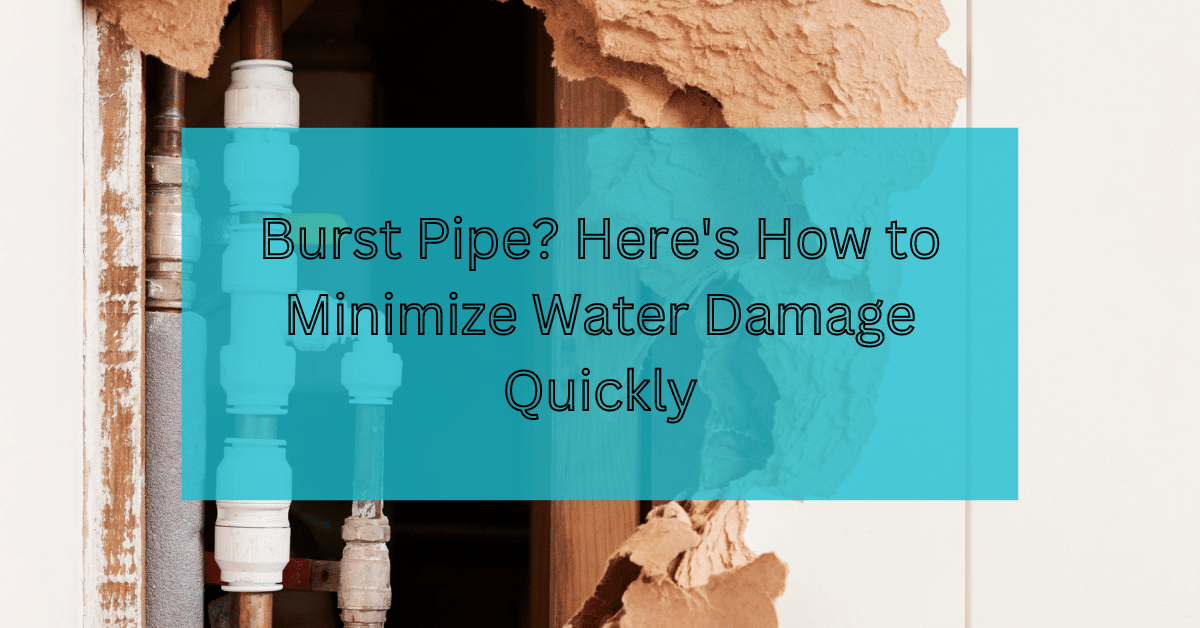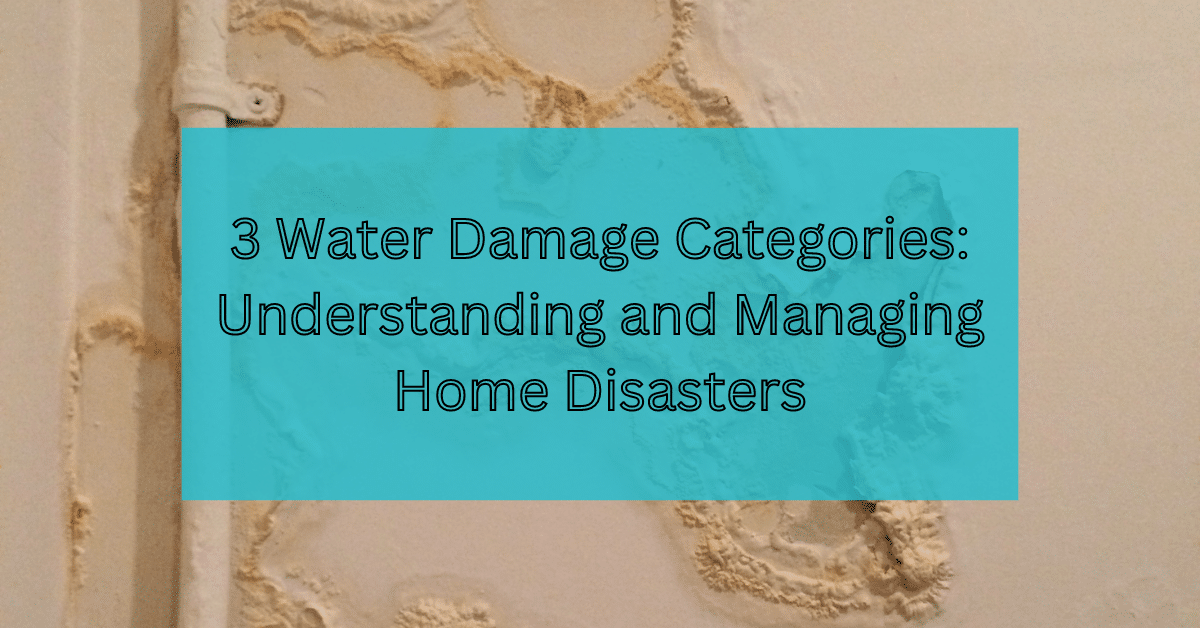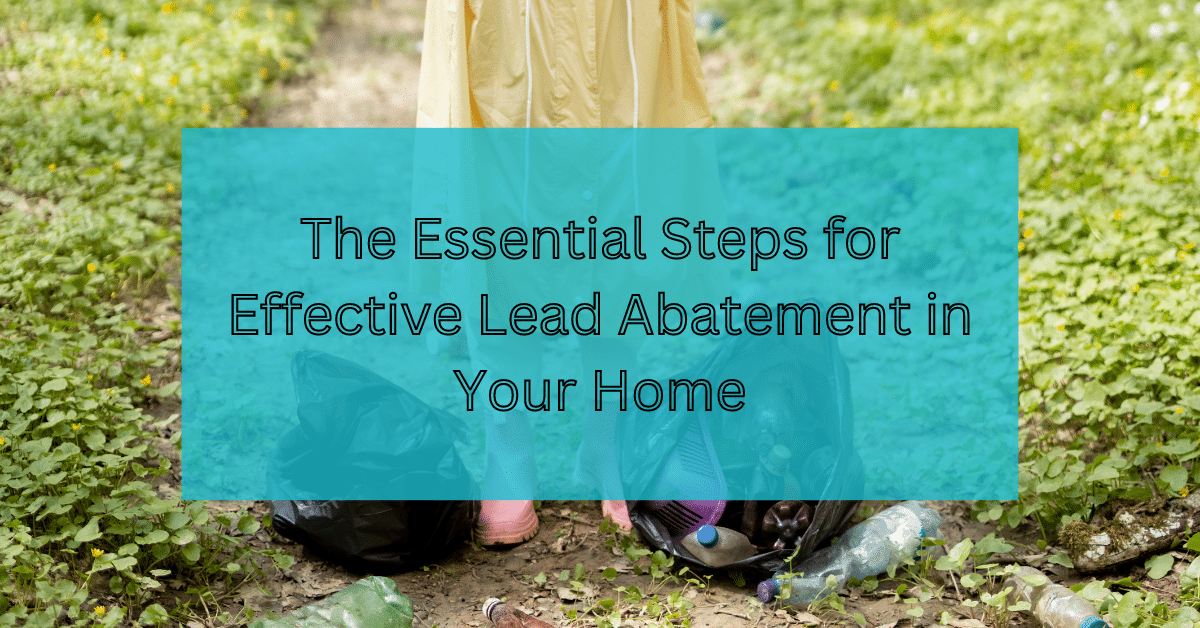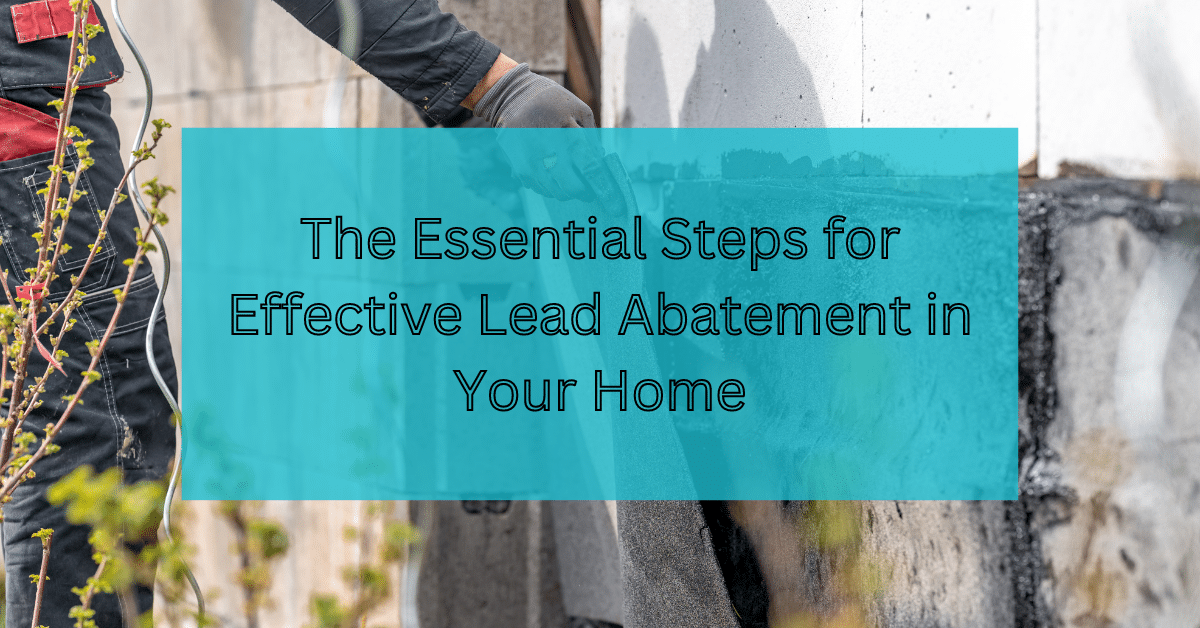Dealing with a burst pipe can be a homeowner’s nightmare, causing significant water damage within minutes. However, prompt and effective actions can greatly minimize the damage. This guide provides crucial steps to take immediately after discovering a burst pipe, ensuring safety and reducing potential water damage.
Immediate Response to a Burst Pipe
The moment you discover a burst pipe, quick action is paramount. Time is of the essence in preventing water from wreaking havoc on your property. Here’s what you need to do immediately:
- Shut Off the Water Supply: Locate the main water shut-off valve and turn it off. This will stop the flow of water and prevent further flooding.
- Turn Off Electricity: If water has the potential to come into contact with electrical outlets or devices, safely turn off the power at the circuit breaker to eliminate the risk of electrical shock.
- Open Faucets: After shutting off the main valve, open the faucets to drain the remaining water in the pipes, reducing pressure and minimizing the chance of additional leaks.
Assessing the Damage
Once you’ve managed to stop the water flow, assessing the damage is crucial. This involves:
- Documenting the Damage: Take photos and videos of the affected areas and damaged items. This documentation is critical for insurance claims and for any professional repair services you might engage.
- Evaluating Safety Concerns: Be aware of safety hazards such as slipping, electrical risks, and structural damage. If the damage is extensive, consider whether staying in the home is safe.
Water Removal and Drying Process
Prompt removal of water and drying out the affected areas are crucial steps in minimizing damage. Here’s how to tackle this:
- Use a Wet Vacuum: For standing water, a wet-dry vacuum can be very effective. Be sure to follow all safety instructions, especially if electricity is involved.
- Mop and Blot: Use mops and towels to absorb water. Focus on wood furniture and floors first, as they are more susceptible to water damage.
- Dehumidify and Ventilate: Deploy dehumidifiers and fans to accelerate the drying process. Open windows if weather permits, to allow air circulation and speed up drying.
Preventing Mold and Secondary Damage
Mold growth can begin within 24-48 hours of a water incident, so it’s critical to start prevention measures immediately:
- Remove Wet Items: Take carpets, furniture, and other movable items outside to dry if the weather allows. This prevents mold from setting in.
- Disinfect: After drying, disinfect the affected areas to kill any bacteria that might have spread due to the water damage.
- Seek Professional Help: For extensive water damage, consider hiring professionals who specialize in water damage restoration and mold remediation. They have the tools and expertise to ensure your home is thoroughly dried, cleaned, and restored.
Navigating Insurance and Professional Help
Dealing with insurance companies and finding reliable repair services are crucial steps in the aftermath of a burst pipe:
- Contact Your Insurance Company: Notify your insurer as soon as possible. Provide them with the documentation of the damage and understand what your policy covers.
- Hire Reputable Contractors: For repairs, seek out licensed and insured professionals with experience in water damage restoration. Get multiple estimates and check references to ensure you’re getting quality service.
Conclusion: A Proactive Approach to Water Damage
A burst pipe can cause significant stress and damage, but taking swift and effective action can mitigate these effects. By following the steps outlined above, homeowners can manage the situation with confidence, ensuring safety and minimizing the impact of water damage. Remember, the key to dealing with water damage is not just a quick response but also a thorough and informed approach to restoration and prevention.



